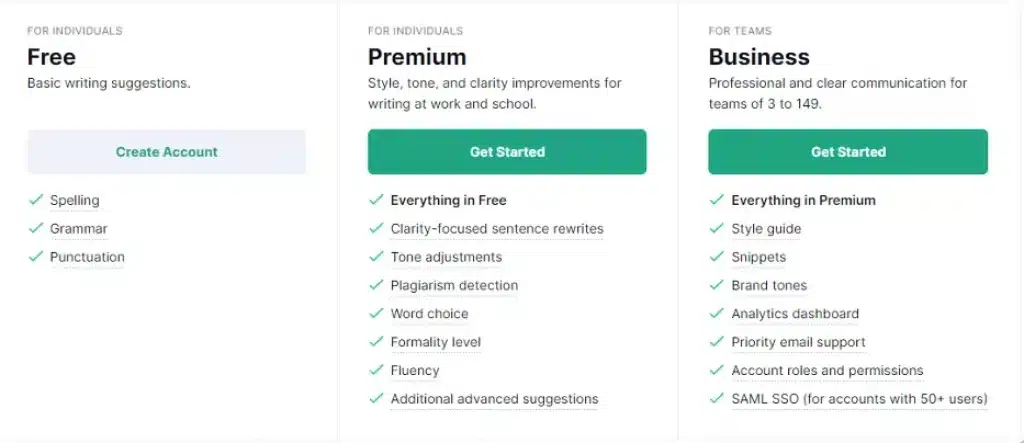Behavioural economics in ecommerce marketing is a discipline of knowledge that tries to find answers to questions about our purchasing decisions. To be more precise – why are they irrational sometimes? Of course, such knowledge can be extremely useful for every entrepreneur.
Traditional economics assumes that consumers act rationally, and their decisions have to be, above all, beneficial. However, as you probably suspect, the reality is often different. That’s why there was a need for a discipline that would take a closer look at that interesting matter. And that’s how behavioural economics was born.
According to many studies, customers frequently make irrational decisions, and they depend on many facets. Knowledge of what these facets might be and what can influence purchasing decisions could help you increase sales in your e-commerce company.
What affects consumer decisions?
Here, we need to mention several important elements. As it happens, the first thing that you ought to consider is… your customer’s mood. That’s true; a happy customer will more likely buy something from you than one who’s sad or depressed. Frequently, upset people are more eager to analyse all the pros and cons of the offer and are restrained when it comes to spending money.
The decoy effect
The second thing we need to talk about is relativity. In short, it’s all about providing a reference point so that customers can compare products and pick the best offer. That’s what Phil Barden mentions in his “Decoded: The Science Behind Why We Buy” book. In it, he cites a straightforward example:
There were four beers on sale, but not simultaneously. When there were just two to choose from – one for 1 pound and the other for 2 pounds, customers more often chose the more expensive one. When a drink for 30p was added to the offer, no one was buying it, but sales of £1 beer increased. When the £4 beer was added to the offer, no one was after the one for £1, but sales of the £2 beer increased significantly.
What does it mean for the ecommerce business owner? That price is something subjective. Sometimes, to raise the price of a specific product, you simply need to offer another one with a different price. This way, it will be possible to compare both products and make an informed decision. If one of the products is noticeably better than the other – most customers will choose it. That’s what the decoy effect is all about – if you want to turn your customer’s attention to a specific product, show them a second one that’s less attractive.
Carmakers perfectly know about this rule. To raise the prices of their cars, they create new “supermodels” that are nothing more than just a demonstration of technical possibilities. Such cars are never bestsellers, but that’s not their role. Their role is to enable the manufacturer to bump up the price of their other, more average models and trigger more interest in them.
The decoy effect is visible in the SaaS world. Why do these online platforms usually offer three plans? To promote one plan that’s the most profitable to them. See how it works with Grammarly, an English grammar-checking platform:

In this example, Premium is the target plan. The Business plan doesn’t offer anything that would simplify using the platform. The biggest qualitative leap is between Free and Premium plans. Give your customers a reference point that’s less profitable than your target product. You will soon see how this one strategy will affect your sales!
The least effort law
Let’s go further. Daniel Kahneman, an American-Israeli psychologist and economist, the author of “Thinking Fast and Slow”, says: “If there are several ways of achieving the same goal, people will eventually gravitate to the least demanding course of action”.
Therefore, if something doesn’t require thinking about it, most people won’t. That’s what we call a behavioural cost. It’s not related directly to money, but it involves our time and effort (both physical and intellectual) – they are the things that we pay with to buy a specific product or to use a specific service. The higher the behavioural cost is, the less probable it is that a customer will place an order.
What can you do about that? Streamline the decision. Eliminate all the elements that can make the purchasing process more complicated. That’s how all the biggest ecommerce websites work. Let’s take a look at Amazon. You enter a given product category, and what can you see? Four best-seller offers. For many customers, that’s a suggestion that they are especially worth looking at. And if a given person finds what they are looking for there, what’s the chance they will continue their search and browse through the next one or two hundred offers? It’s rather unlikely, isn’t it?

APPROPRIATE DATA PRESENTATION
It’s no secret that you can show data in different ways. Frequently, the effectiveness of each of these ways can be different. For instance, if you focus on the cons of a particular product, it is unlikely you will close many deals, even if the offer itself is good. If, in your product tab, the first thing the customer sees is the information about low availability, they will most likely go elsewhere.
Communicate positive messages – talk about the advantages and benefits of each product. Of course, we’re not saying here that you should lie or conceal anything. Instead, it would help if you looked for a way to describe the products in your offer that will show its attractiveness. Uniquely if it is immediately pertinent to each consumer then the immediate effect is positive too.
Where they have been looking at something and suddenly it appears in an email to them. This has a much higher likely propensity for them to make the purchase and keep it, this is called hyper-personalisation technology, and there are many distinctions if you haven’t tried then don’t waste any more time, it is phenomenally powerful for product sales.





